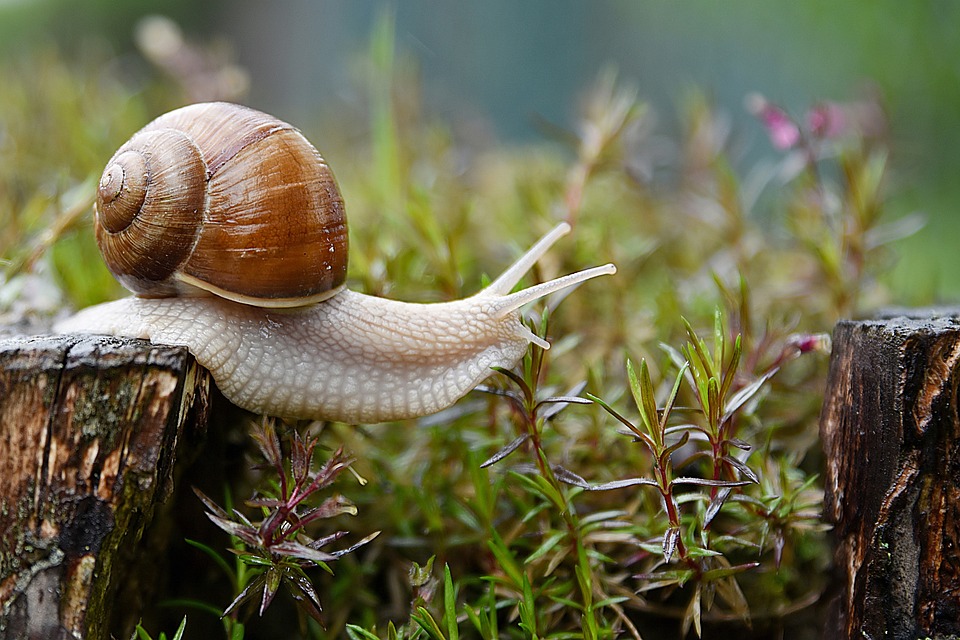The Snail’s Pace: How Salamanders Outsmart Predators with their Slow Movement
In the world of wildlife, speed is often seen as the key to survival. The faster an animal can move, the more likely it is to escape predators and catch prey. However, there is one group of creatures that defies this conventional wisdom – salamanders. Despite being slow-moving, salamanders have developed a unique strategy to outsmart predators and thrive in their environments.
The Advantages of Slowness
At first glance, it may seem counterintuitive that salamanders have evolved to move slowly. After all, other animals that are faster and more agile seem to have the upper hand. However, salamanders have discovered that their slow pace has several advantages when it comes to avoiding predators.
One major benefit is that slow-moving animals are less likely to be detected by predators that rely on speed and agility to catch their prey. Many predators, such as birds and small mammals, are programmed to look for fast-moving targets. By moving slowly, salamanders are able to blend in with their surroundings and avoid detection.
Another advantage of being slow is that salamanders can conserve energy. Unlike faster animals, salamanders don’t need to spend a lot of energy on movement. This means they can allocate more resources to growth, reproduction, and other important tasks.
The Art of Camouflage
Salamanders have also developed an impressive array of camouflage strategies to help them evade predators. Many species have developed skin patterns and colors that allow them to blend in with their surroundings. Some species can even change color to match their environment, a process known as "cryptic behavior."
For example, some species of salamanders have skin patterns that resemble leaves or twigs, making it difficult for predators to spot them. Others have developed a "freeze response," where they remain still and hold their breath to avoid detection.
The Evolution of Slowness
So, how did salamanders evolve to move so slowly? One theory is that their slow pace evolved as a response to the presence of predators. In environments where predators were present, salamanders that moved more slowly were more likely to survive and reproduce, passing on their slow-moving traits to their offspring.
Another theory suggests that salamanders’ slow pace is an adaptation to their environment. Many salamander species live in dense, humid environments where visibility is limited. In these environments, moving quickly would be a disadvantage, as it would make it harder for salamanders to detect potential mates or predators.
Image: A salamander with a leaf-like pattern on its skin, showcasing its impressive camouflage abilities.
Frequently Asked Questions
Q: Why don’t salamanders just move faster if they’re so good at avoiding predators?
A: Salamanders have developed a unique set of adaptations that make slow movement advantageous for them. By moving slowly, they conserve energy and avoid detection by predators.
Q: Do all salamander species move slowly?
A: No, not all salamander species move slowly. Some species are more agile and can move quickly, such as the eastern newt. However, many species have evolved to move slowly as a defense mechanism.
Q: Can salamanders change their pace if they need to?
A: Yes, some salamander species can increase their pace if necessary. For example, some species of salamanders can move quickly to reach a mate or escape a predator. However, this is not their normal pace of movement.
Q: Are slow-moving animals always at a disadvantage?
A: No, slow-moving animals can have advantages that make up for their slower pace. In the case of salamanders, their slow pace allows them to conserve energy and avoid detection by predators.
By studying the unique adaptations of salamanders, we can gain a greater appreciation for the diversity of strategies that animals have evolved to survive and thrive in their environments. So next time you’re out for a walk, take a closer look at the humble salamander – you might just be amazed by its slow and steady approach to survival.



